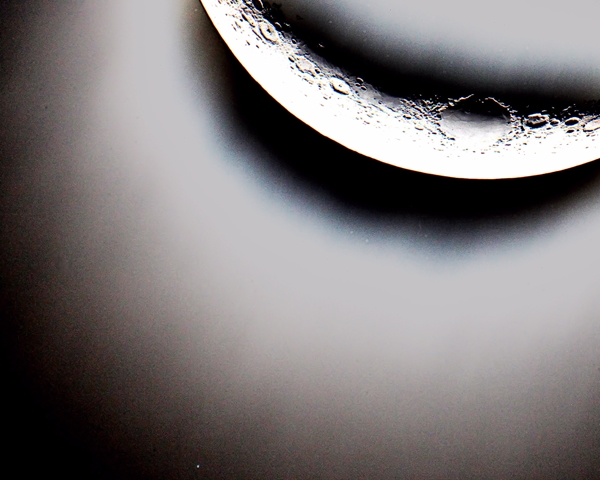SERENDIPITY: CRESCENT MOON AND URANUS!
2015 February 21, 7:29 p.m. EST (Feb. 22, 00:29 UT)
Rosemary Hill Observatory • Bronson • Florida
« RETURN TO THE MAIN RHO PICTURE PAGE »
RETURN TO PLANET CATEGORIES
RETURN TO PICTURE CATEGORIES
Images © 2004–2015 H.L. Cohen
Email Cohen followed by @astro.ufl.edu
Last updated 2015 May 18
2015 February 21, 7:29 p.m. EST (Feb. 22, 00:29 UT)
Rosemary Hill Observatory • Bronson • Florida
 Photo Details 2015 Feb. 21, 7:29 p.m. EST TeleVue 127 mm, f/5.2 APO Refractor, Foc. Len. 660 mm w/Televue 4x Powermate (Effec. Foc. Len. 2,640 mm) Camera: Canon DSLR EOS 5D II, Exposure 2 sec, f/21 (ISO 2500) |
OBSERVATIONAL CHALLENGES Find Uranus
Can you describe what the old symbol represented? ANSWER HERE |
||||||
« RETURN TO THE MAIN RHO PICTURE PAGE »
RETURN TO PLANET CATEGORIES
RETURN TO PICTURE CATEGORIES
Images © 2004–2015 H.L. Cohen
Email Cohen followed by @astro.ufl.edu
Last updated 2015 May 18